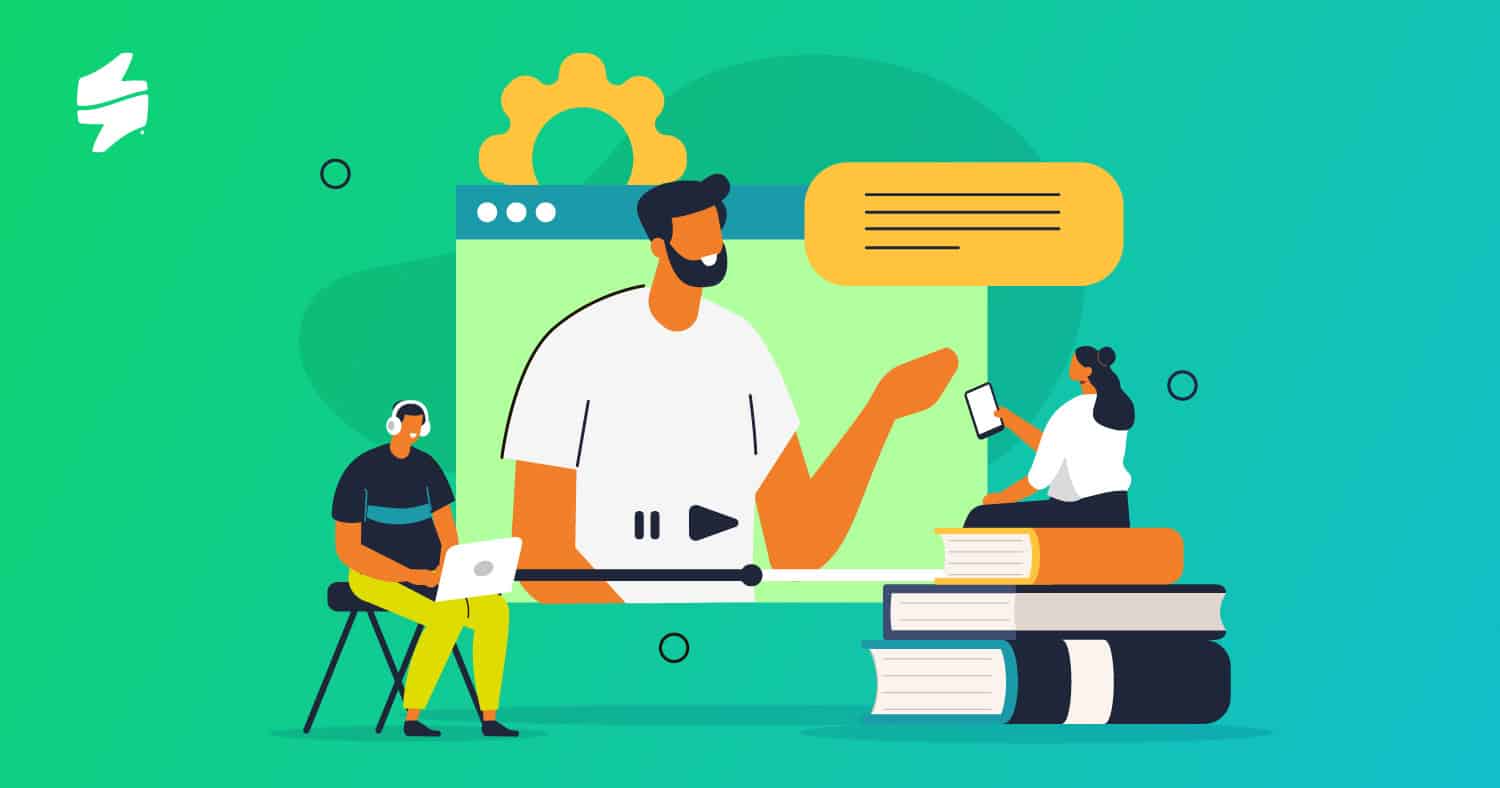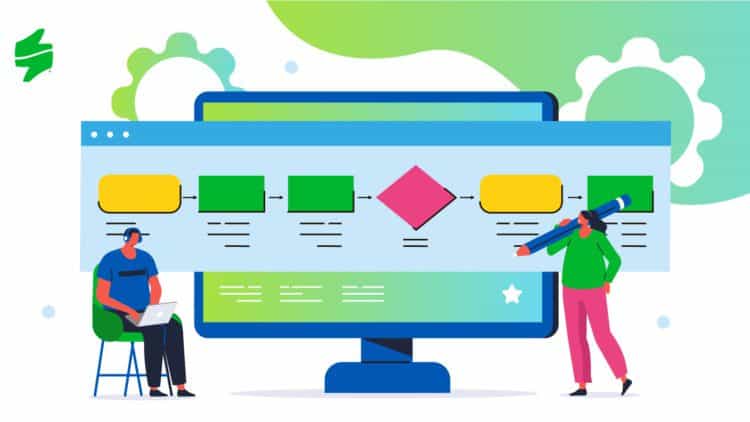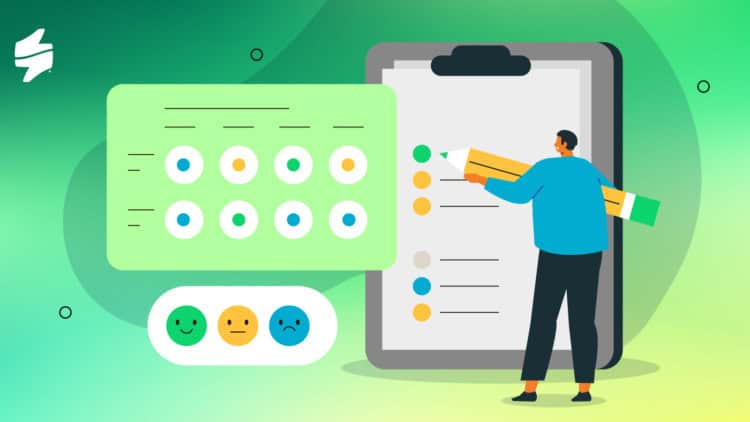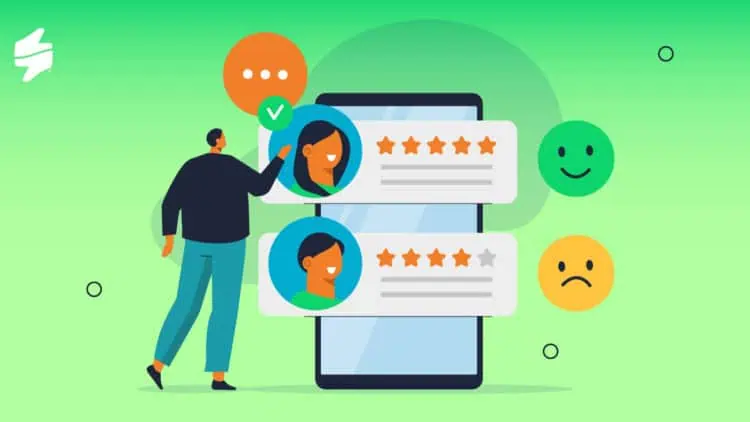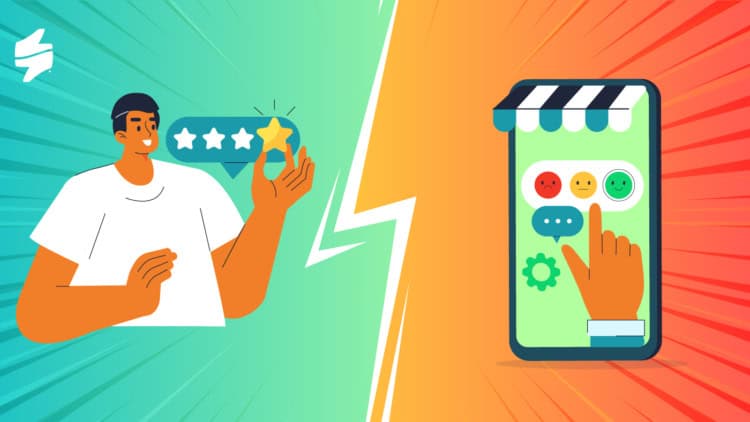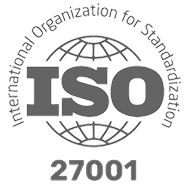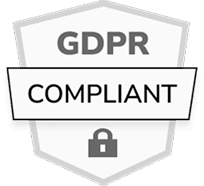Delivering outstanding customer service is not just about hiring friendly employees—it’s about coaching customer care teams to develop the right skills, mindset, and problem-solving abilities. A well-trained customer service agent can turn a frustrated customer into a loyal advocate, while a lack of coaching can lead to inconsistent experiences and lost business.
Effective customer service coaching plays a crucial role in employee performance management, ensuring that agents not only meet expectations but continually improve their interactions. Whether you’re training a new hire or helping a seasoned customer service expert refine their approach, structured coaching leads to better outcomes for both employees and customers.

This article provides 20 practical tips to coach customer service teams, covering essential skills, best practices, and strategies to build a high-performing support team.
Why Coaching Customer Care Matters
Before diving into specific tips, it’s important to understand why coaching customer care is essential:
- It enhances problem-solving skills, enabling agents to handle a wide range of customer issues.
- It boosts confidence, allowing employees to provide faster and more effective support.
- It ensures consistency in customer interactions across different types of customer service roles (e.g., frontline support, technical support, account management)
- It contributes to employee engagement and retention by providing clear development opportunities.
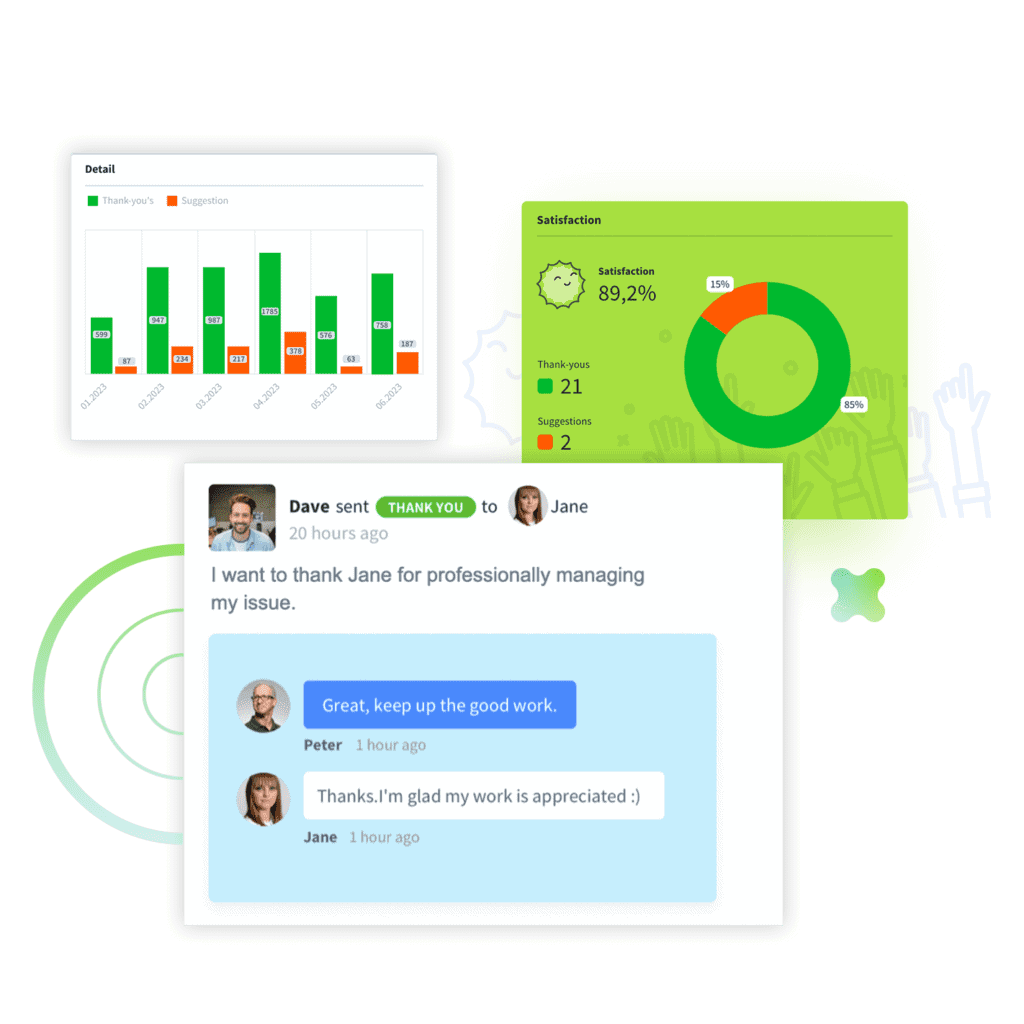
Now, let’s explore 20 actionable tips to improve customer service coaching in your organisation.
20 Tips for Effective Customer Service Coaching
1. Set Clear Expectations
Without clear expectations, customer service agents may struggle to meet performance goals or provide consistent service. Start by defining what “excellent customer service” looks like in your organisation. This includes response times, tone of voice, issue resolution standards, and escalation procedures. Make these expectations part of onboarding and reinforce them regularly through team meetings and coaching sessions.
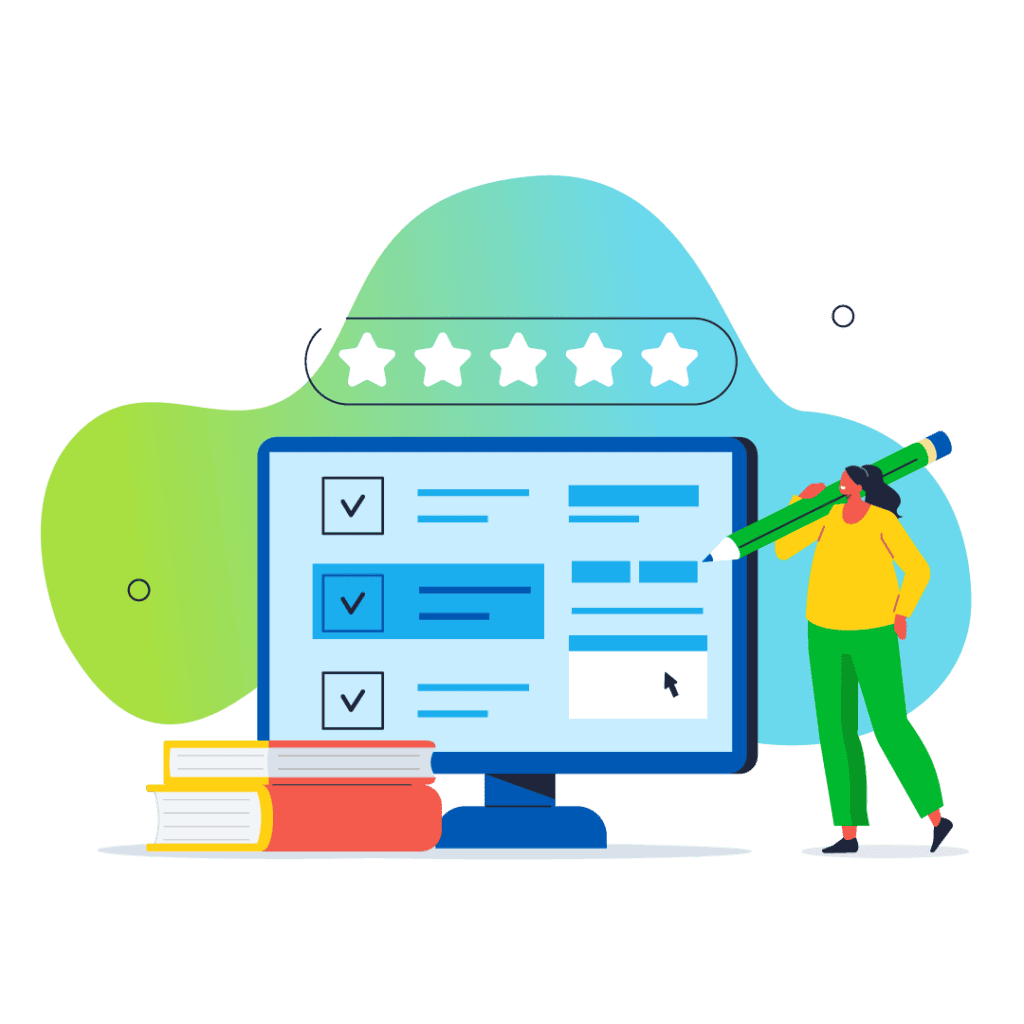
For example, if your goal is to resolve 80% of customer inquiries within the first interaction, communicate this clearly and provide training on how to achieve it. Agents should know which tools to use, when to escalate issues, and how to manage time efficiently while maintaining quality interactions.
2. Use Real-Life Scenarios
Theoretical knowledge is helpful, but real-world applications make training stick. Use customer interactions from your company’s history—both successful and problematic cases—to demonstrate best practices and common mistakes.
For instance, if an agent once handled a refund request poorly, review the case and discuss how it could have been managed differently. Role-playing exercises can also help reinforce good habits. If your company uses chat support, simulate a challenging conversation where an agent must de-escalate a frustrated customer demanding an immediate resolution.
3. Focus on Active Listening
Many customer complaints stem from miscommunication rather than actual service failures. Train agents to listen fully before responding, repeat back key points for confirmation, and ask clarifying questions when needed.
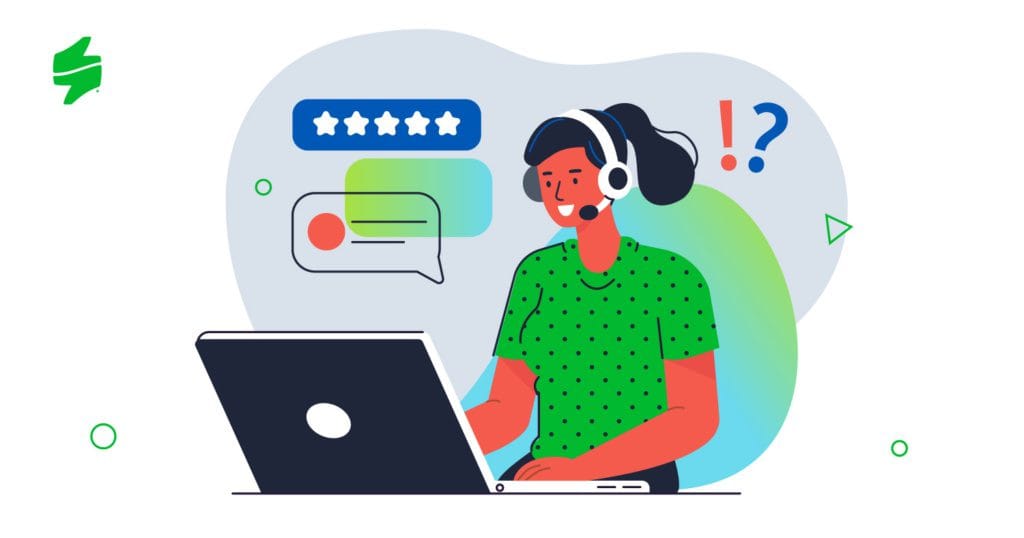
A great exercise is the “Echo and Validate” technique. If a customer says, “I’ve been trying to fix this issue for weeks, and no one seems to help me!”, the agent should respond with: “I understand that you’ve been dealing with this issue for a long time, and that must be frustrating. Let me go through your case and find the best solution for you.” This reassures the customer that their concern is heard and valued.
4. Encourage Empathy and Emotional Intelligence
Customer service is more than solving technical problems—it’s about making customers feel valued. Empathy training for teams can help agents develop emotional intelligence, allowing them to better connect with customers.
One approach is to have agents put themselves in the customer’s shoes. For instance, a telecom company might train agents by having them go through a simulated “internet outage” while relying solely on a scripted chatbot. This helps them understand the frustration customers feel when dealing with support, encouraging them to provide more human and patient responses.
5. Implement Regular Feedback Sessions
Employees improve when they receive timely, constructive feedback. Schedule weekly or biweekly check-ins or employee performance reviews where managers review recent customer interactions with agents.
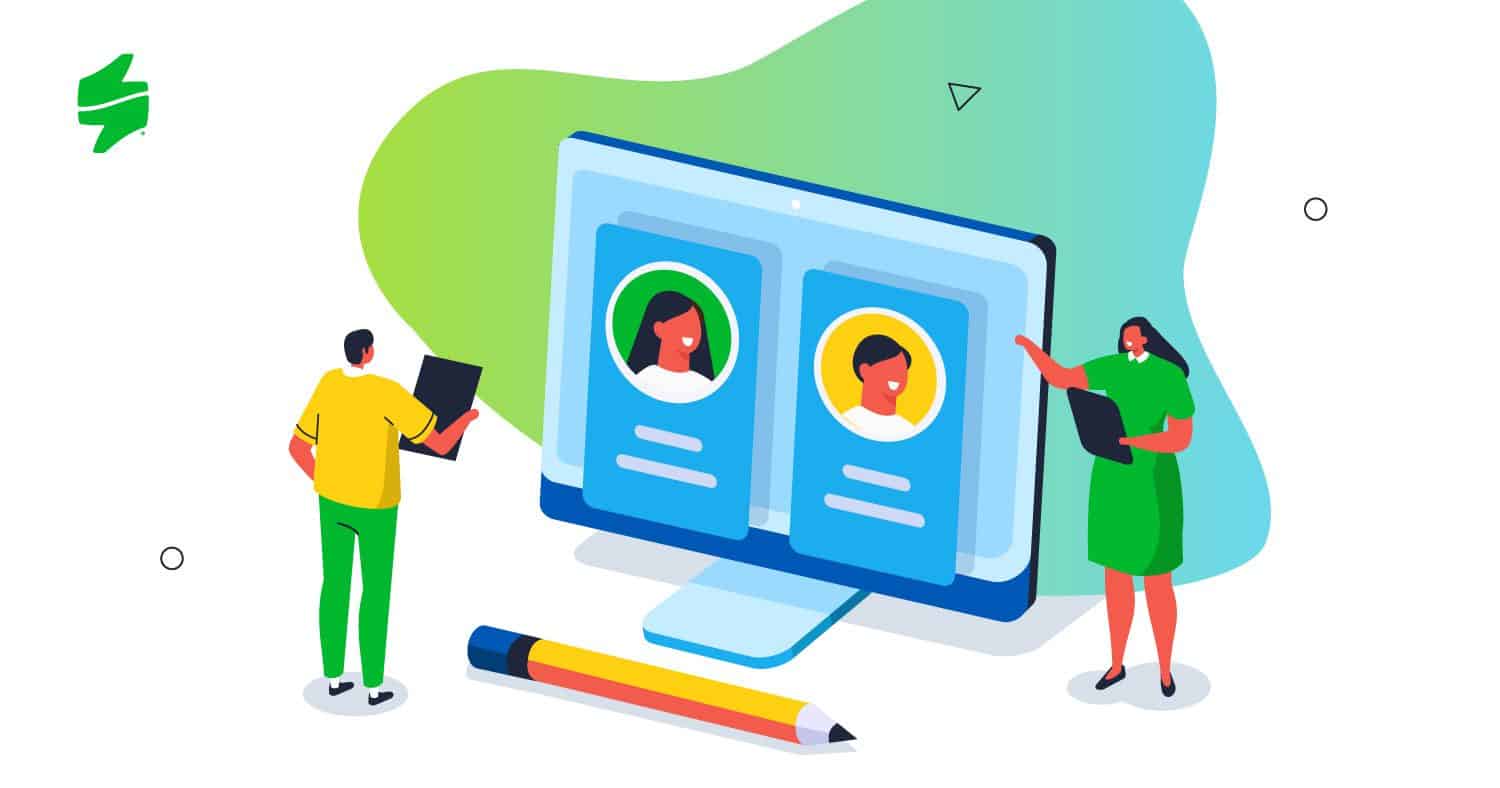
A good employee feedback session includes:
- Recognising strengths (e.g., “You handled that cancellation request professionally and retained the customer.”)
- Identifying areas for improvement (e.g., “Your response time on chats could be a bit faster.”)
- Offering solutions (e.g., “Try using pre-written templates for common inquiries.”)
Remember to make feedback an ongoing process to ensure continuous improvement.
6. Role-Play Difficult Conversations
Handling difficult customers is a core skill in customer service coaching. Instead of overwhelming new agents with theory, simulate tough conversations where they must de-escalate anger, handle objections, or deliver bad news.
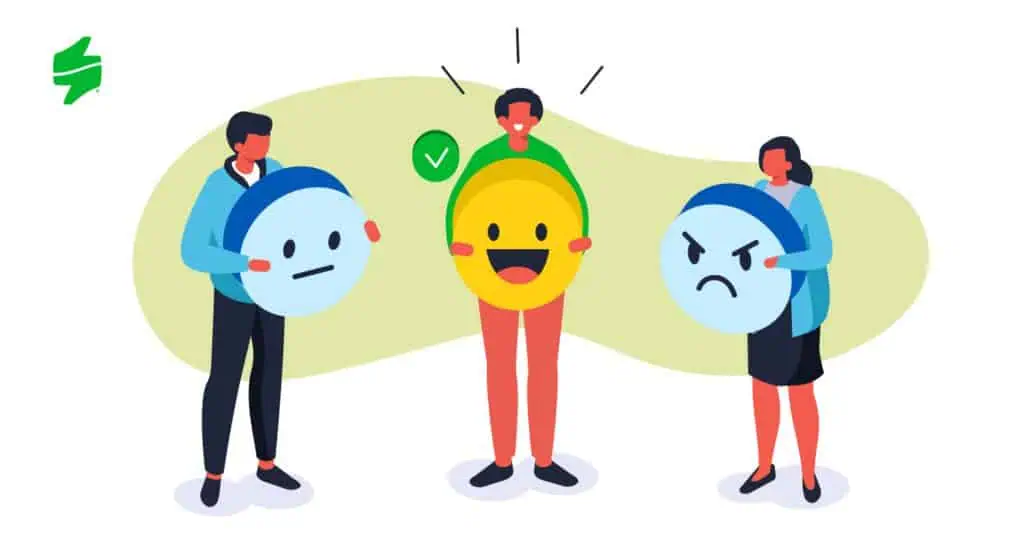
For example, a retail company might role-play a scenario where a customer demands a refund for a non-refundable product. The agent must remain calm, explain the policy, and offer alternative solutions (e.g., store credit). These exercises build confidence and reduce stress when real situations arise.
7. Train on Personalisation Techniques
Customers appreciate feeling like individuals, not just ticket numbers. Train agents to use customer names, reference past interactions, and tailor responses based on purchase history or preferences.
A great example is Amazon’s customer service, which proactively references past orders when handling complaints. If a customer contacts support about a defective item, a well-trained agent might say, “I see that you purchased this laptop two weeks ago. I’m sorry you’re experiencing this issue. Let’s get this sorted out right away.” This personal touch makes customers feel valued.
Consider leveraging our advanced AI Feedback Responder. This tool analyses the emotional tone of customer messages, their interests, past interactions, and purchase history to craft personalised and engaging responses. You can even opt for agent-reviewed mode or a fully autonomous mode. It’s a great way to connect with your audience on a deeper level and drive better results.
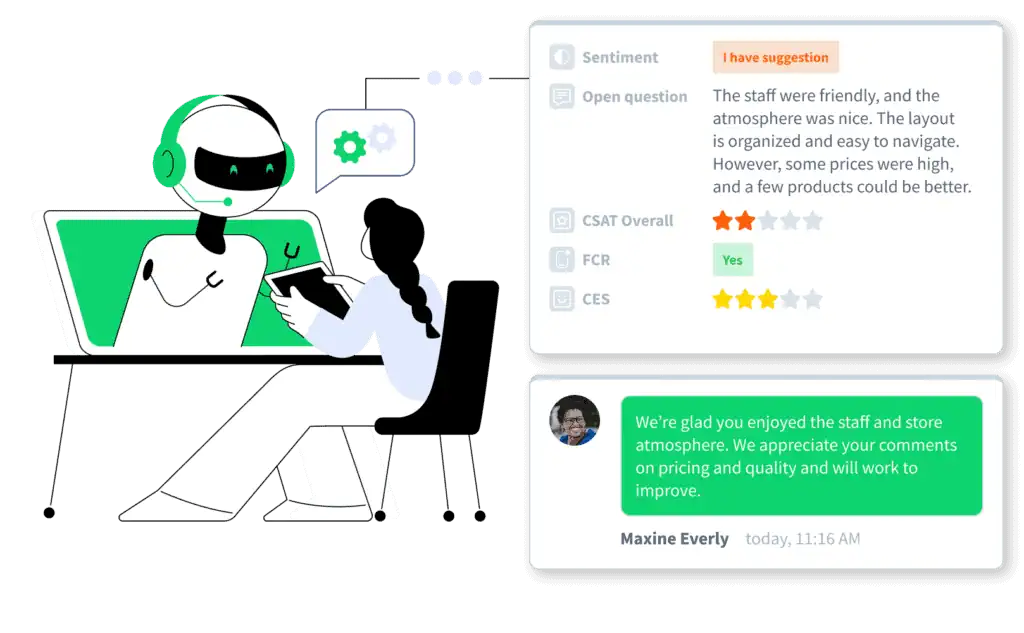
8. Promote a Solution-Oriented Mindset
Some agents get stuck on why a problem happened, rather than focusing on how to fix it. Encourage a solution-first approach by training agents to immediately offer actionable next steps and closing the feedback loop.
For example, instead of saying, “I don’t know why your order is delayed,” a solution-oriented agent would say, “Let me check the tracking details for you. If it’s stuck in transit, I can arrange a replacement or refund right away.”
9. Use Customer Satisfaction Surveys for Insights
Customer feedback is one of the best tools for measuring employee performance. Use CSAT (Customer Satisfaction) scores and post-interaction surveys to identify where agents excel and where they need improvement.
If multiple surveys indicate that an agent isn’t resolving issues effectively, it might signal a need for additional training on troubleshooting or company policies.
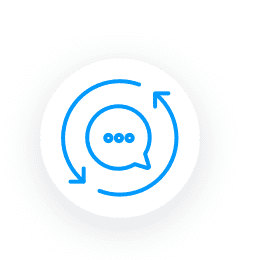
Transform Your Customers' Experiences
Create a bulletproof customer journey with tailored CX products and services that will foster loyalty and reduce churn.
10. Foster Cross-Department Collaboration
Many customer issues require collaboration between departments. Train agents on when and how to involve teams like billing, IT, or logistics.
For example, in a SaaS company, a customer service head might introduce a “customer-first task force” where product managers, engineers, and support agents discuss recurring technical complaints and propose fixes.
11. Teach Time Management Skills
Agents often handle multiple tickets at once. Train them to prioritise urgent issues while managing workload efficiently.
A practical tip is the “Two-Minute Rule”—if a task can be completed in under two minutes, do it immediately (e.g., sending a quick password reset link). For longer tasks, use ticketing systems to manage priorities.
12. Encourage Positive Language
Words shape customer perception. Train agents to avoid negative phrasing and focus on solutions.
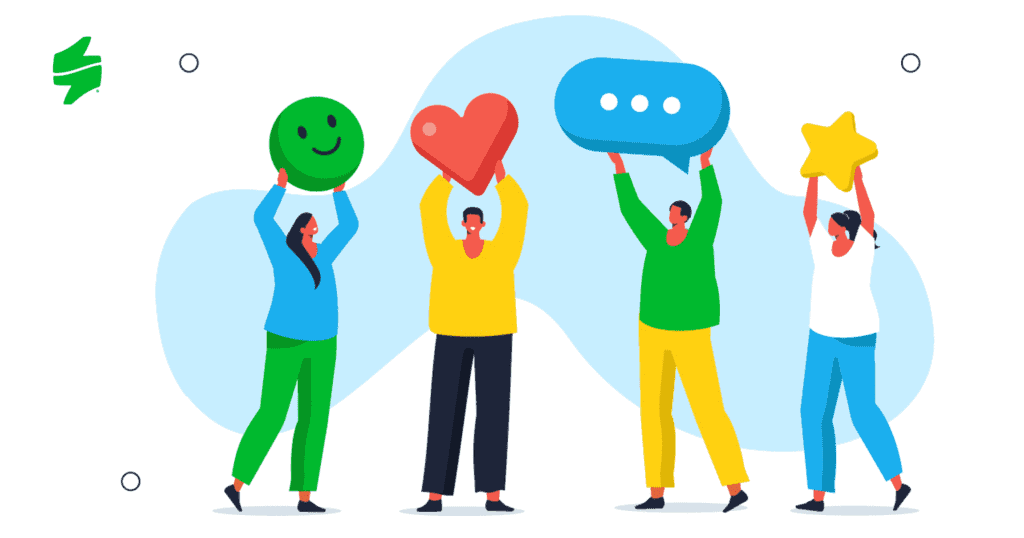
Instead of saying, “We can’t do that,” teach agents to say, “Here’s what we can do for you.” Small tweaks make interactions more positive.
13. Utilise Customer Experience Data
Use real data (NPS scores, call durations, escalation rates) to adjust coaching strategies. If data shows that customers abandon chats after long wait times, train agents on faster response techniques.
14. Train for Inclusive Customer Service
Ensure agents can support all customers, including those with disabilities or language barriers. Offer training on accessibility tools, such as screen readers or translation services.
For example, an e-commerce company may train agents to assist visually impaired customers by describing product features in more detail.
15. Offer Self-Assessment Opportunities

Encourage agents to review their own calls or chats and rate their performance. Self-reflection fosters continuous learning.
16. Create a Mentorship Program
Pair new hires with experienced customer service experts for hands-on learning. Mentorship speeds up skill development and fosters team collaboration.
17. Invest in Customer Service Coaching Tools
Use AI-driven feedback analytics platforms, chat simulations, and e-learning courses to coach customer service teams more efficiently.
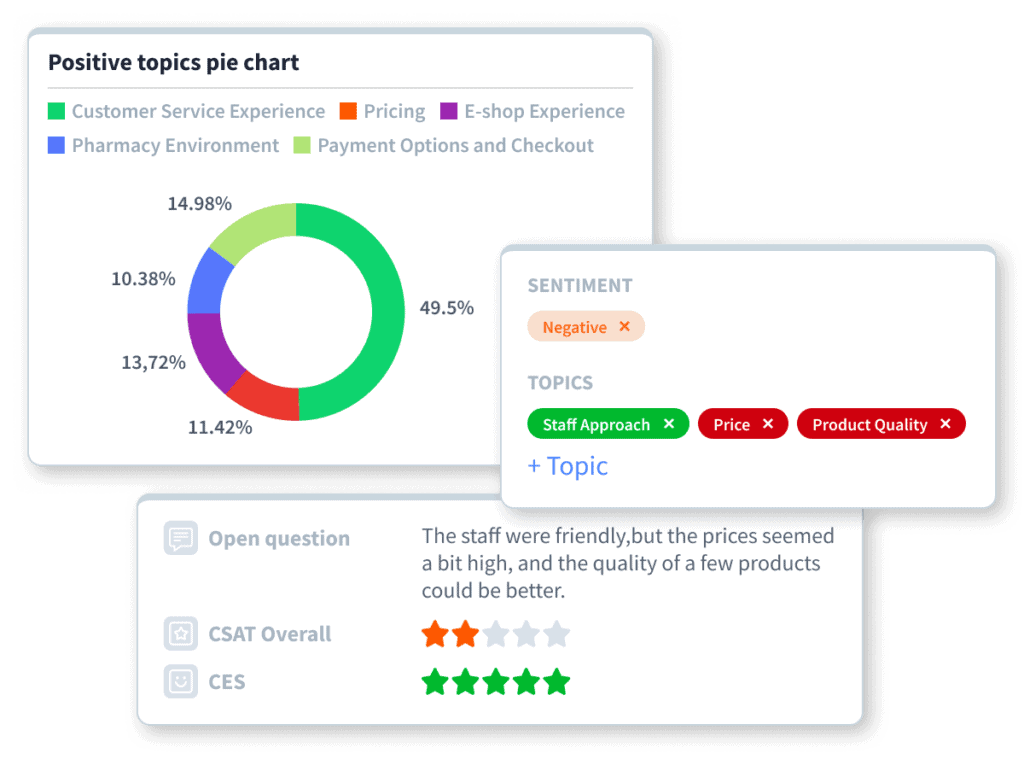
18. Recognise and Reward Excellence
Acknowledging top performers boosts morale. Employee recognition and rewards like bonuses, extra time off, or career growth opportunities.

Give Your Employees the Recognition and Motivation They Deserve
Does your team need a little extra motivation? Our platform provides powerful insights into your team’s performance and various recognition tools that help ensure everyone feels appreciated.
19. Encourage a Growth Mindset
Mistakes are learning opportunities. Encourage agents to view challenges as chances to improve rather than failures.
20. Provide Ongoing Training, Not One-Time Coaching
Customer expectations evolve, so continuous training is essential! Keep agents updated on new tools, policies, and customer trends.
Final Thoughts
Effective customer service coaching transforms support teams into high-performing, customer-focused professionals. By investing in coaching customer care, you not only improve customer interactions but also improve the performance and retention of your employees.
A strong coaching strategy ensures that every customer service agent, from new hires to experienced professionals, has the tools and knowledge to deliver exceptional service. With structured coaching, ongoing training, and a focus on employee performance management, businesses can build a culture of continuous improvement—leading to happier customers and a stronger brand reputation.

Increase Employee Engagement with Staffino
Gain valuable insights into your team's motivation, morale, and satisfaction! Our EX surveys provide you with the data you need to take the right steps to increase employee engagement and productivity.
